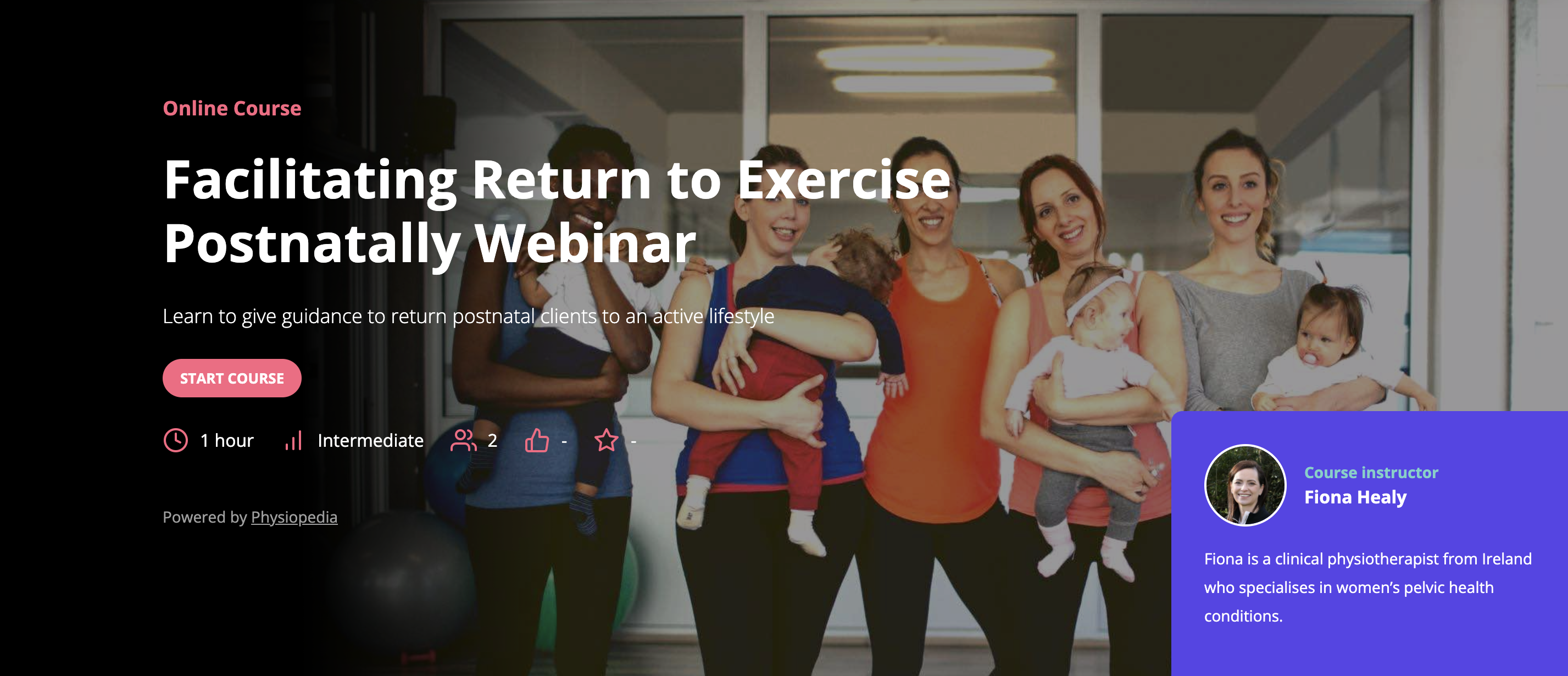As rehabilitation professionals, we are by vocation, givers and carers of the needs of others. But does this automatically translate into being empathetic? A recent webinar hosted by Fiona Healy on returning to exercise postnatally reaffirmed the need for empathy towards our patients, no matter how small the gesture.
Fiona reminded us of the importance of giving our patients permission to be human (after all, to err is human); permission to not be at their best and permission to show up in whatever state is realistic for them in that moment. She contextualised the importance of empathy by accepting new mums showing up late to her post-birth classes and encouraging them to move for only a few minutes, if that is what they have to give. As clinicians, she encouraged us to remind patients to not compare themselves to others and that each rehabilitation journey is unique with successes and challenges.
As a clinician, how can I be more empathetic?
Through active listening. One of the most important ways to show empathy is to listen actively to your patient. This means giving them your full attention, making eye contact, and not interrupting them while they are speaking. It also means acknowledging their feelings and concerns, and asking open-ended questions (avoid simple yes/no responses) to help them feel heard.
Validate emotions. Patients may be feeling anxious, scared, or frustrated about their health status and physical abilities. As a clinician, you can validate emotions by acknowledging how they feel and showing empathy. This can help the patient feel more understood and supported.
You can use your skills in non-verbal communication. Non-verbal communication can also be a powerful way to show empathy. This can include facial expressions, body language, and the tone of your voice. Using a warm and caring tone of voice, for example, can help to convey compassion and understanding.
As much as possible, use patient-centered language. The language that clinicians use can also impact how patients feel. Using patient-centered language, such as “What are your concerns?” instead of “Here’s what you need to do,” can help to show that you are focused on their needs and concerns.
Do not forget to follow up. Following up with patients after a visit or treatment can also show empathy. This can help to show that you are invested in their well-being and are available to address any concerns or questions that may arise.
Fiona’s webinar provided practical real-life examples of how purposefully demonstrating empathy towards a person can go a long way towards their healing. In case you missed it, her webinar recording is available on Physiopedia Plus (Plus) as a short course, where you can earn continuing education points while being reminded of the importance of investing in your softer skills as a clinician. For more, you can also check out all of Plus’ webinar recordings and our upcoming live webinars.
Remember that you can show empathy as a clinician towards others through active listening, validating emotions, using non-verbal communication, using patient-centered language and following up with your patients. Do not underestimate the power of an authentic check-in.
Plus is a subscription site that offers continuing education and professional development opportunities for our community. Your subscription fees fund the Physiopedia charity website to keep it updated and openly accessible to all.
Your subscription also provides FREE access to Plus for rehabilitation professionals in low income countries.
There are also discounts available depending on where you live and for students.
